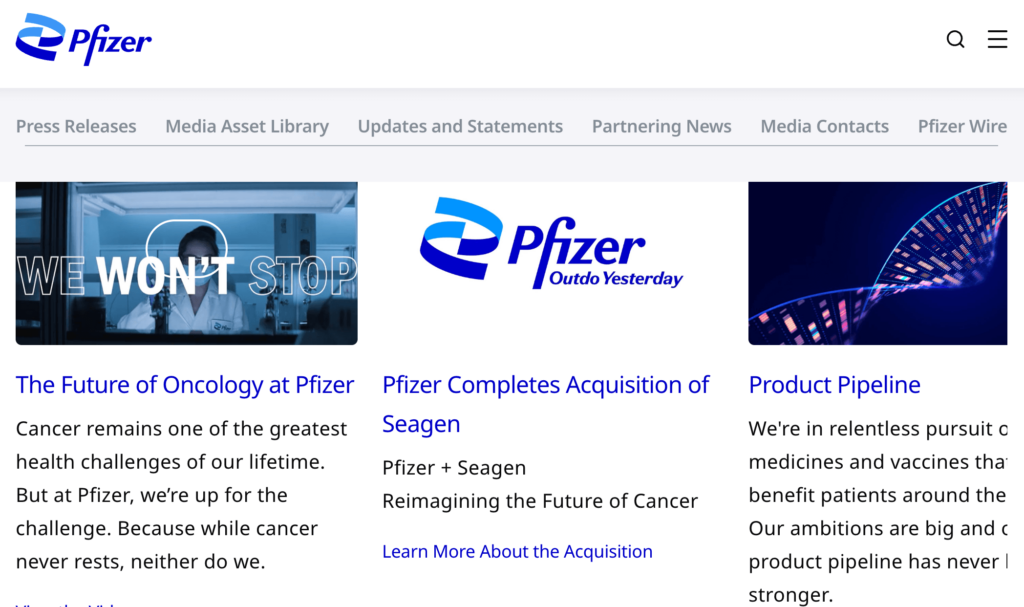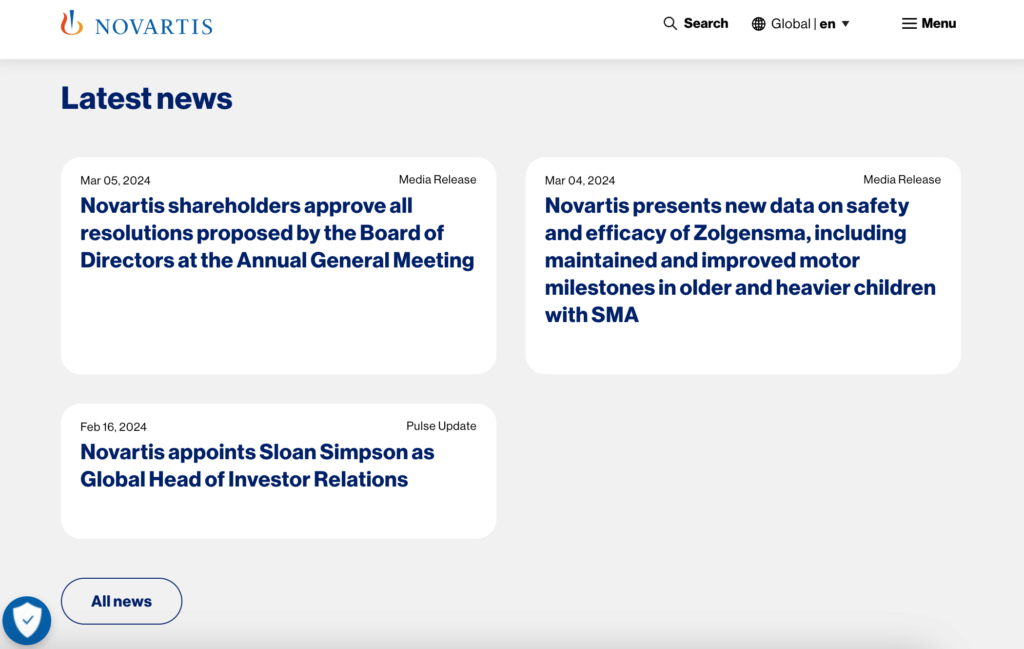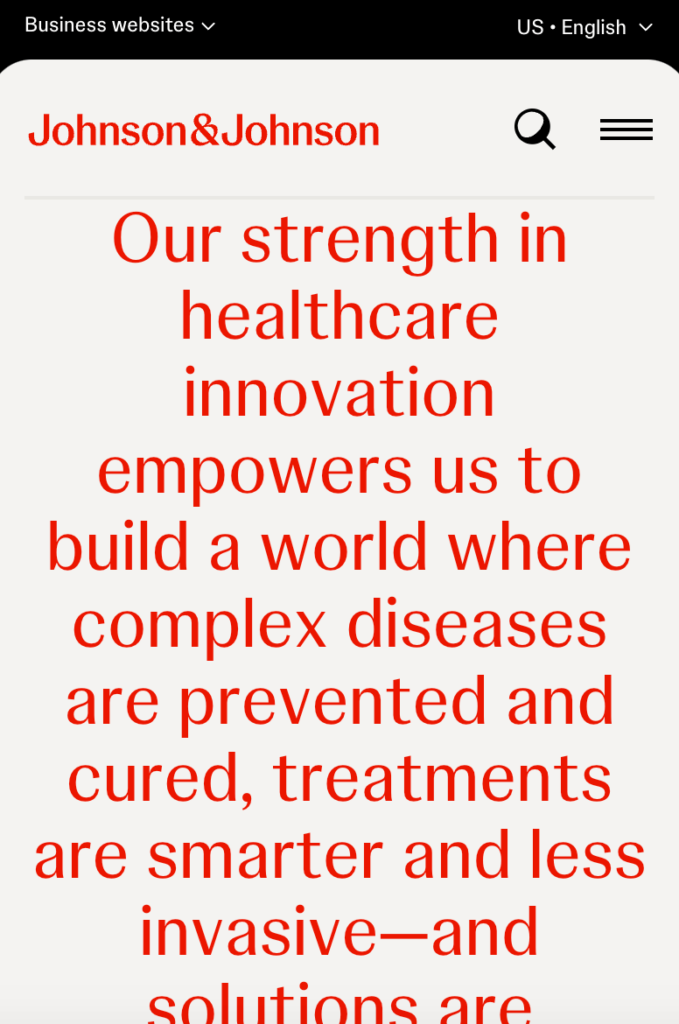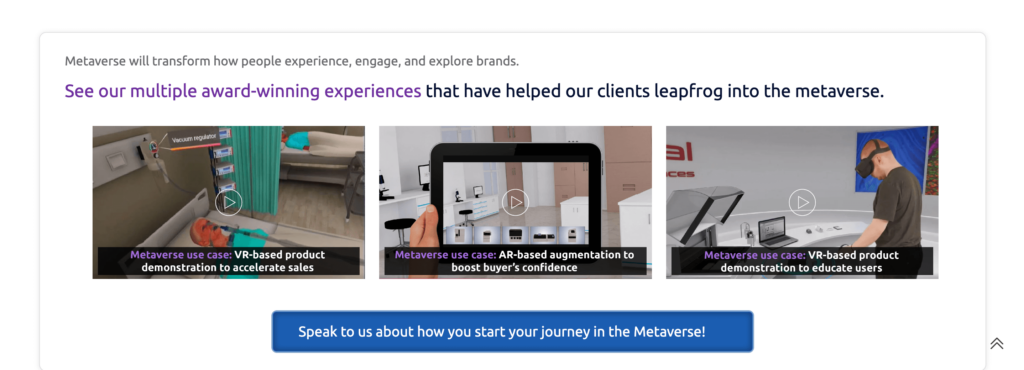9 Effective Pharmaceutical Marketing Strategies (with Examples and 4Ps)
Pharmaceutical marketing comes with its unique challenges and opportunities. And we know that your aim, as a pharmaceutical marketing professional, is to craft strategies that not only comply with regulations but also effectively reach and engage your target audience. ...

Pharmaceutical marketing comes with its unique challenges and opportunities. And we know that your aim, as a pharmaceutical marketing professional, is to craft strategies that not only comply with regulations but also effectively reach and engage your target audience.
In this article, we will provide you with 9 proven pharmaceutical marketing strategies, incorporating the latest trends and examples to guide your campaigns, besides the 4Ps of marketing for pharmaceutical companies and products.
What Are the 4Ps of Pharmaceutical Marketing?
Before diving into the strategies, it’s crucial to grasp the foundational 4Ps of pharmaceutical marketing: Product, Price, Place, and Promotion.
These elements will act as your compass in navigating the pharmaceutical landscape.
Product
The product lies at the core of the pharmaceutical marketing strategy. Regarding this P, the key is to differentiate the product and articulate a clear value proposition.
You should address the specific needs and expectations of the target audience, emphasizing clinical effectiveness and safety to medical professionals for prescription drugs, and highlighting benefits and ease of use to consumers for over-the-counter products.
Price
A pharmaceutical pricing strategy should reflect the value your product delivers, taking into account market demand, factors such as development costs, and the needs of patients and healthcare providers.
In this industry, addressing affordability is crucial, as many patients may struggle with the cost of medications.
Place
Ensuring the product is accessible where your target customers are most likely to look for it is a vital component of your strategy. Distribution channels play a key role in ensuring pharmaceutical products are accessible to target customers.
Whether through pharmacies, hospitals, or direct sales to patients, choosing the right distribution channel involves considering the product’s characteristics and the preferences and needs of the target audience. For instance, prescription drugs are usually distributed through wholesalers and pharmacies, while vaccines might be distributed through government agencies.
Promotion
Creative promotional strategies are crucial for communicating the benefits of pharmaceutical products, which include advertising across various media, working with the media for positive publicity, promotions, and direct marketing to healthcare professionals and patients.
Additionally, you should be sure that your promotion strategy adheres to regulations and ethical considerations to maintain trust and safety. For example, pharmaceutical companies must avoid misleading claims.
What Are the Main Challenges in Pharmaceutical Marketing?
The pharmaceutical marketing landscape in 2024 presents numerous yet manageable challenges due to the industry’s dynamic nature and regulatory constraints.
Among these challenges, the need for qualified professionals to sustain innovation and growth comes first. And the complex process of collecting and the large volumes of data required to be analyzed are next in line.
The pharmaceutical industry is also called to increase transparency in its operations, from clinical trial data to drug availability, while data security remains a huge concern as companies store patient and research information, facing threats from cyber-attacks.
These challenges underline the importance of a well-thought-out approach to pharmaceutical marketing, where innovation and ethical considerations lead marketing professionals to form strategies that are not only effective but also responsible and patient-centric.
9 Proven Pharmaceutical Marketing Strategies
You can elevate your pharmaceutical marketing strategy and stay ahead of your competitors in these ways:
Sharing news effectively is one of the central elements of pharmaceutical marketing. It is all about striking a balance between transparency and actively engaging with your target audience.
You should share regular updates about the latest advancements, research outcomes, and introductions of new products. This way, you will open a direct line of communication while increasing your credibility among healthcare professionals and patients.
For example, pharmaceutical giants like Pfizer and Novartis have mastered this strategy through their dedicated newsrooms.


These newsrooms act as both a source of the latest scientific discoveries and an educational tool. By consistently providing valuable information, these companies ensure they are seen as reliable and authoritative voices in the health sector.
2.Develop a Helpful App
By developing a helpful application, you can demonstrate your forward-thinking approach to pharmaceutical marketing strategies, aiming to seamlessly connect complex medical insights with accessible digital platforms. And, you won’t miss out on the chance to reach out to a larger audience through the app stores. A successful app will improve your engagement with both healthcare providers and patients by offering them valuable resources through applications.
A notable example of this strategy is Novartis, which has introduced an app specifically tailored for healthcare professionals.

This app gathers essential medical information and resources in a user-friendly format, aiding in the clinical decision-making process.
Developing a pharmaceutical app reflects a keen understanding of the varied needs of its users, prompting pharmaceutical companies to craft applications that focus on both healthcare professionals and the general public. For the former, features might include access to pharmaceutical databases, the latest clinical trial findings, and interactive educational tools for patient consultation. And for the latter, the focus could be on functionalities like medication reminders, health tracking interfaces, and customized health guidance.
3.Increase Your Organic Traffic with SEO
Crafting an effective healthcare SEO strategy is about fine-tuning your website and content so they rank higher in search engine results pages (SERPs). By doing so, you will increase visibility and engagement from healthcare professionals and patients alike.
To start, keyword research is fundamental. It involves identifying the words and phrases your target audience typically uses to find medical information or products online. By embedding these keywords naturally in your content, titles, and meta descriptions, you make your site more discoverable to those queries. Local search optimization is also key for attracting potential patients or professionals within specific regions.
Content quality is also one of the most important elements that you should consider. Search engines do favor content that is truly informative, accurate, and user-friendly, which means it is easy to read. This requires you to craft detailed and helpful content that directly addresses the questions and needs of your audience.
Besides the quality of the content, you should also update your website regularly with fresh and authoritative content. This way, you can signal to search engines that you’re a relevant and up-to-date source of medical information, which can elevate your SEO standings.
Technical SEO should also be a key player in your pharmaceutical marketing strategy. A mobile-friendly, quick-loading, and secure website (using HTTPS) provides a better user experience, a factor that significantly influences how search engines rank sites. Additionally, by implementing structured data markup, you help search engines understand your site’s content more effectively, potentially enhancing your visibility in search results.
Last but not least, with a solid backlink profile established through links from reputable and related external sites, you can also significantly increase your website’s authority and search rankings. And active participation in community discussions, guest posting on esteemed sites, and forming partnerships with healthcare entities are strategies that you can use to enrich your backlink profile, which will boost your overall SEO efforts.
4.Influence and Attract People on Social Media
You can bridge the gap between pharmaceutical companies and diverse audiences with the help of healthcare social media marketing.
Platforms like Instagram serve as vital channels where companies like Sanofi and Bayer excel at making complex health information more accessible and relatable through healthcare marketing campaigns.
The key to the pharmaceutical social media marketing approach lies in its ability to not just broadcast information but to invite the audience into a real dialogue and create a space where interactions feel more like conversations among community members than a one-way flow of information.
For instance, when Sanofi highlights the achievements and aspirations of its scholars, it puts an emphasis on the importance they give to inclusivity in healthcare and invites its audience to be a part of this story.
Bayer, through its focus on sustainability efforts like The Nutrient Gap Initiative, showcases a commitment to addressing global health challenges through innovation, and leads its audience to engage with their content.
In short, to have such a strategic use of social media, you should provide valuable health information, demonstrate social responsibility, and engage with followers in a meaningful way.
5.Make Your Medical Web Design User-Friendly
An effective medical web design should effortlessly lead visitors through their healthcare exploration, ensuring they can find what they’re looking for without any hassle. This includes making information, resources, and support readily accessible with a clear and intuitive layout.
A well-designed website is never limited to being visually appealing, as it should create an environment where users feel informed, supported, and guided. You should ensure that your site is responsive and easy to navigate on various devices, from desktops to smartphones. For example, Johnson & Johnson provides its website visitors with an easy-to-use website both on desktop and mobile.

Such attention to detail not only leaves a lasting positive impression but also significantly enhances the overall experience of your audience, encouraging them to return and engage with your content more deeply.
6. Optimizing Marketing Strategies with Predictive Analytics
Predictive analytics enables pharmaceutical companies to forecast trends and patient responses, ensuring that their marketing strategies are both relevant and innovative. By predicting market dynamics and customer behaviors, you can fine-tune your campaigns, just like 93% of healthcare executives state, and better meet the needs of the market, while increasing engagement.
7.Content Marketing and Education
A successful content marketing strategy involves the creation of informative content such as blog posts, whitepapers, and webinars. With such content, you can establish yourself as a thought leader and trusted information source.
A strong focus on high-quality, educational content helps build trust and credibility with both healthcare professionals and patients, which are essential for long-term brand loyalty.
8.Leveraging Virtual and Augmented Reality
The use of VR and AR in pharmaceutical marketing offers an innovative way to engage and educate both healthcare professionals and patients. These technologies provide immersive experiences that can explain complex mechanisms of action or offer virtual tours of manufacturing facilities, making the information more accessible and understandable.
By incorporating AR smartphone apps like the one used by Pfizer for patient education and the app created by ETHOSH to raise awareness about glaucoma, pharmaceutical companies can further personalize healthcare experiences and empower patients to better understand their conditions and treatment options.

9.User Generated Content in Pharma
User-generated content (UGC) is a great way of connecting with the audience on a more personal level through a variety of content types, such as testimonials, reviews, and social media posts. With the help of UGC, you can build trust and credibility with your audience.
One way to encourage UGC is to create campaigns leading users to share their experiences with a particular product or treatment. For example, a pharmaceutical company could create a hashtag campaign on social media asking users to share their success stories using a specific medication.
Pfizer has been developing a variety of hashtag campaigns on social media channels and letting people tell their own stories.
Programs like Meet Meningitis, @QuittersCircle, and Story Half Told allow patients to share their stories. https://t.co/jT4XQKrPm4 #LifeInFocus #PatientsInFocus pic.twitter.com/ydbOi4BrgE
— Pfizer Inc. (@pfizer) June 29, 2018When exploring one of Pfizer’s storytelling campaigns, the presentation of unique stories showcasing individuals benefiting from the pharmaceutical company’s products warmly engages the audience.
Life at the Campisanos. Mom has #MetastaticBC but keeps on rolling. See more https://t.co/8SKANIaUFo #StoryHalfTold pic.twitter.com/Jc7ODS30m3
— Pei Ketron (@pketron) October 27, 2015Pharmaceutical Marketing Trends
Following the latest trends in the pharmaceutical marketing field requires a keen understanding of the fast shifts influenced by technological advancements, regulatory changes, and shifts in consumer behavior.
As the field of pharma continues to evolve, marketers must stay informed and agile to position pharmaceutical products and services effectively.
Digital Transformation in Marketing for Pharmaceutical Companies
The digital transformation is revolutionizing the way pharmaceutical companies connect with healthcare professionals and patients.
This trend involves the comprehensive integration of digital technologies into all facets of business operations, fundamentally altering how companies operate and deliver value to their customers. Embracing digital tools and platforms enables more personalized, efficient, and impactful engagements.
The Rise of Patient-Centric Pharmaceutical Marketing
Patient-centric marketing has emerged as a key strategy, placing the patient at the heart of all marketing efforts. This approach focuses on understanding and addressing the specific needs, preferences, and behaviors of patients, aiming to tailor marketing strategies to enhance patient outcomes and overall satisfaction. By prioritizing the patient experience, companies can foster stronger relationships and build lasting loyalty.
Artificial Intelligence in Marketing for Pharmaceutical Products
Artificial intelligence (AI) is becoming a valuable tool in pharmaceutical marketing, offering unprecedented capabilities to analyze data, personalize interactions, and streamline customer communications. AI can predict market trends, optimize marketing strategies, and enhance user engagement with personalized content, thereby transforming the landscape of pharmaceutical marketing with its advanced analytical and predictive prowess.
How to Create a Pharmaceutical Marketing Plan
Creating an effective pharmaceutical marketing plan requires a strategic approach that covers understanding the market, defining clear objectives, and implementing tailored strategies.
Here are the key steps to developing a comprehensive pharmaceutical marketing plan:
1.Market Research
Conduct thorough market research to understand the target audience and current trends in the pharmaceutical industry.
2.Define Marketing Objectives
Clearly define what you want to achieve with your marketing efforts, such as increasing brand awareness, boosting product sales, or improving customer retention.
3.Develop Targeting Strategies
Identify and segment your target audience based on demographics, behaviors, and needs. Tailored messaging and marketing tactics will be more effective in engaging these segments.
4.Choose Appropriate Channels
Determine the most effective pharmaceutical marketing channels for reaching your target audience, whether through digital media, face-to-face interactions, or traditional marketing methods.
5.Budget Allocation
Allocate your marketing budget based on the expected return on investment (ROI) from different channels and tactics. Be sure to monitor spending and adjust as needed to maximize your marketing budget’s impact.
6.Implement and Monitor
Roll out your pharmaceutical marketing strategies and monitor their effectiveness. Use metrics and analytics to track progress and make adjustments to your plan as necessary.
7.Compliance and Ethical Considerations
Ensure all marketing activities comply with industry regulations and ethical standards. This includes transparent communication, protecting patient privacy, and avoiding misleading claims.
8.Integration Across Platforms
Integrate your marketing strategies across various platforms to ensure a cohesive and unified brand message. This includes aligning your online and offline marketing efforts for a seamless customer experience.
9.Feedback and Continuous Improvement
Collect feedback from customers, healthcare professionals, and other stakeholders to inform your marketing strategies. Use this feedback to make continuous improvements and stay responsive to the needs of your target audience.
Instead of following the latest trends and applying pharmaceutical marketing strategies,, you can adopt your strategic approach with a healthcare digital marketing agency that can significantly enhance pharmaceutical marketing efforts. Such collaboration will ensure that your strategy is expertly tailored to engage and resonate with the intended audience, and you will foster deeper trust and engagement within the sector.

 KickT
KickT 







![The Best 30-60-90 Day Plan for Your New Job [Template + Example]](https://blog.hubspot.com/hubfs/30-60-90-day-plan-2.jpg#keepProtocol)
![11 Website Page Load Time Statistics You Need [+ How to Increase Conversion Rate]](https://blog.hubspot.com/hubfs/website%20load%20times.jpg#keepProtocol)























